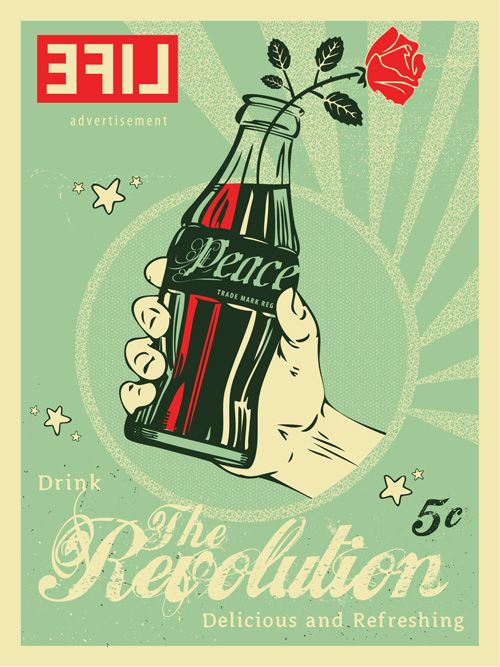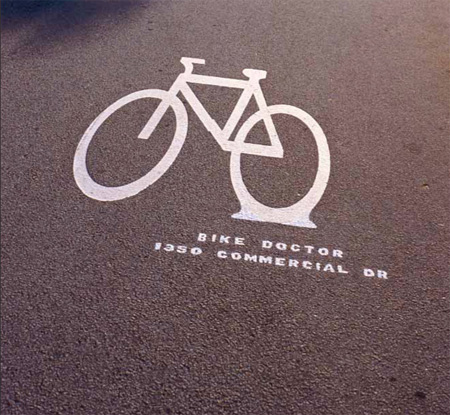AIMS of LECTURE
- Give a simple introduction the history of typography
- Introduce the six main classifications of type
- Introduce some famous type faces and their related connotations
- Introduce the metalinguistic function of typography
- Typography structures how a variable is delivered.
- Typography = Meta-communication, Paralinguistics, Kinesics
- Typography is communication through visual language and is not presented verbally.
- Slab Serif = CAPITAL LETTERS. Very powerful representation using typography to express the tone.
- Choice of colour of font and the arrangement of type gives a impact on how it is presented and communicated to the audience.
- Typography is the intersection between verbal and visual communication, Writing is where Visual Communication and Spoken Language meet.
- Using capitals and colour emphasizes the way the word is spoken and communicated to the audience
Type Classifications
Humanist, Old style, Transitional, Modern slab serif (egyptian), san serif
Late Age of Print-
- The term 'late age of print' comes from the media theorist Marshall Mcluhan
- The age of print is thought to have begun around 1450
- Pior to the late age of print came the 'dark ages' where nobody read or wrote: 'Late age of print' allowed this to be
- introduced
- The age of print brought with in Gutenberg's printing press, this allowed for 'moveable type' to be introduced and
- created dramatic changed and
- development in the world.
- Moveable type then brought with it the period of the renaissance which eventually saved the culture from the 'dark ages'.
Roman Culture
- Modern day alphabet take from roman letters - uppercase
- The first form of movable type were based/ modelled on human, medieval hand writing also know as Black letter or Gothic. The model for the first movable types was Blackletter (also know as Block, Gothic, Fraktur or Old English) This typeface was very heavy, thick and illegible to the human eye.
- Gothic Scrip had to read because of the spacing 1450
- Quikly suppressed by humanist type - Nicholas Jenson
- Characteristics -there is little difference between the main stroke and secondary stroke and a classic feature is the upturned cross stroke of the letter 'e'.
The first Modern Humanist family of typefaces are:
- Jersey by Gustav Jaeger 1985
- Centaur- Bruce Roger, this was based on Nicholas Jenson's type.
- LTC Kennerley by Mitchell Kennerly, 1911
- F.H. Ernst Schneidler, 1936
Tory,
painter and designer, believed that the proportions of the alphabet
should reflect the ideal human form.
- "the cross-stroke covers the man's organ of generation, to signify that Modesty and Chastity are required, before all else, in those who seek acquaintance with ell-shaped letters".
- Humanist was the first family of type.
- Centaur (humanist) now became Garamond (old style).
- Old style stemmed from Venice and along with this style came the first forms of italic fonts as well as different spacing of letters.
- Typography becomes a form of art
- 17th-18th Century period of enlightenment
In the late 18th century, English printer John Baskerville created a type
with such contrast between thick and think elements that his
contemporaries are said to have accused him of "blinding all the readers
of the nation; for the strokes of (his) letters, being too think and
narrow, hurt the Eye".
Characteristics of Bodoni
- High Contrast
- Abrupt serifs
- Horixontal
- Vertical Axis
- Horizontal Stress
- Small Aperture

- Didone represent elegance and style/class
- Beautiful and ordered fonts
- high end glamour and chuique
- Didone was invented at the start of Modernity
Slab Serif
- Fat Face Fonts
- Typewriters
- attention grabbing
- Cram allot on page
Sans Serif
- Modernist
- Bauhaus
- 1800s
- order and simplicity
- Gill Sans
- Helvetica

















